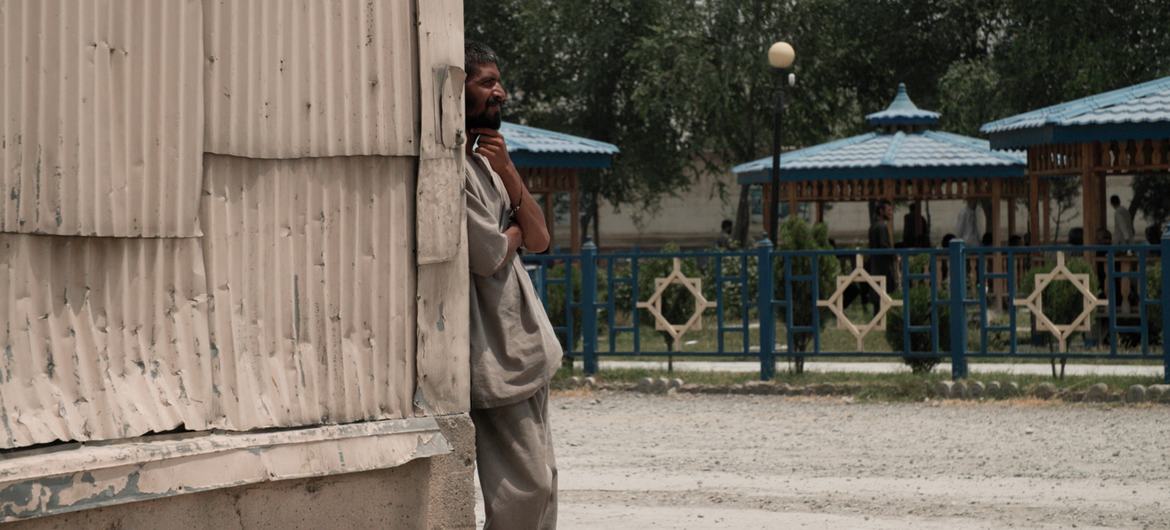
The latest report from the United Nations Office on Drugs and Crime (UNODC) reveals significant gaps in Afghanistan's ability to address substance use disorders, highlighting urgent issues with access, resources, and infrastructure.
The Mapping of Facilities for Treatment of Substance Use Disorders in Afghanistan report, conducted in collaboration with the UN Development Programme (UNDP), is the first comprehensive survey of the country's treatment capacity.
While services are operational in 32 of Afghanistan’s 34 provinces, systemic barriers - especially for women - severely limit access to care.
The report found that only 17 per cent of the 82 operational facilities cater exclusively to women, and services for female patients are accessible in just over a third of provinces, leaving many women without adequate care.
The survey also highlights acute shortages of qualified medical personnel, essential supplies, and infrastructure funding.
Over 72 per cent of centres operate at or near full capacity, yet many lack basic resources such as naloxone, a life-saving medication for opioid overdoses.